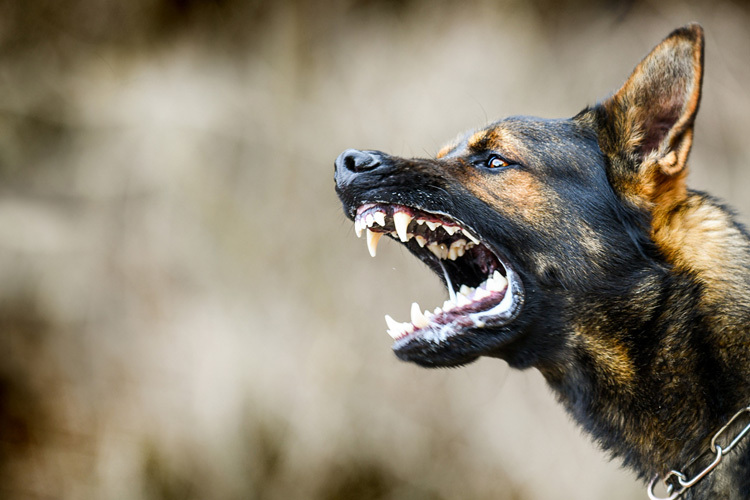
Wisconsin’s Department of Natural Resources is hunting the effects of Chronic Wasting Disease in its deer and elk population through a 5-year research study that began in 2016 to better determine how to safely combat the rising issue.
Chronic Wasting Disease (CWD) is a neurological disease that causes spongy degeneration of the brain in deer, elk, and moose, according to CWD Alliance. The disease is thought to be caused by an abnormal protein called a prion found in the infected host’s central nervous system and lymphoid tissue, and causes other cellular proteins to turn abnormal as well. The disease is contagious for deer and approximately 24 states have reported cases of CWD in their deer population.
Wisconsin’s deer population was rounded at about 1.8 million in an article regarding the 2019 deer hunting season. It was estimated in a study published in 2020 that approximately 6,539 have tested positive for CWD. The disease is always fatal for deer and elk and can be passed down from mother to spawn, however it is not always visibly detectable until the terminal stages. This presents a danger to unsuspecting hunters who do not know what to do when hunting in infected areas.
Currently it is thought that the visible signs begin to show around 18 months and can cause emaciation (abnormal thinning), lack of control in bowel movements, listlessness, lack of interaction with other animals, and more. Deer infected with the disease are much more likely to die of starvation. Despite the various signs the only way to know for sure if an animal is CWD positive is to test brain tissue.
The research being conducted is under The Southwest Wisconsin CWD, Deer and Predator Study and collects data from collared deer to help determine the factors that led to their death. Factors can range from CWD to predation, starvation, vehicle accidents, and hunter harvests. In the 2019 fawn survey results it was found that of the 128 collared fawns, 24 of them were likely killed by a natural predator such as a coyote.
Despite the gun-hunting season being down 25% from last year’s harvest, nbc15.com reports that hunters still reported 160,569 registered deer during the 2019 harvest that ended Dec. 2019. This makes up almost 9% of the total deer population recorded in 2019. Additionally, a Milwaukee car accident attorney cites that the number 1 cause of car accidents on Wisconsin are deer related. Since aimless wandering and listlessness can be a symptom CWD, deer that are wandering away from other wildlife and on to the nearby roads can present more of a safety concern to Wisconsinites than non-infected deer.
While CWD has not been known to jump the species barrier to affect humans, to be safe it is best not to eat infected meat and hunters harvesting in infected areas should have their deer meat tested.
Wisconsin is right to develop research to help contain the outbreak. The first documented case of CWD was in Colorado in the 1960’s however it has spread through other areas of the country. There is no cure for CWD but for now state’s are doing what they can to manage it by limiting the chances of it spreading. Overall the deer population in Wisconsin is dense and along with other states like Colorado and Nebraska, there are culling efforts to cull the infected population to prevent CWD from spreading and keep other areas safe from infection.
This means that while hunters are the #1 cause of death for deer in Wisconsin, they also play one of the crucial roles of keeping other deer and Wisconsinites safe from CWD infected deer. Thanks to the research study the state of Wisconsin is performing the state is making necessary strides to protect its deer population and its citizens.
RELATED ARTICLES
Recent Posts
- Major Theft Ring Busted: Over $200,000 in Stolen Lego Sets Recovered in Eugene, Oregon
- Judge Denies Texas’ Bid to Shut Down Migrant Shelter Network in El Paso
- Single Mother in Memphis Seeks Help for Troubled Son Amid Rising Concerns
- California’s Proposition 47 Reform Sparks Intense Political Debate Over Public Safety
- U.S. Man’s Social Security Benefits Denied Over Citizenship Confusion
Categories
Our Supporters
Gold Supporters
Christopher Simon – Atlanta Truck Accident Lawyer
Skiver Law Firm – Phoenix Truck Accident Lawyer
Winer, Burritt & Scott, LLP – Los Angeles Clergy Abuse Law Firm
Michael E. Fenimore P.A. – Pensacola Car Accident Lawyer
Pillsbury & Coleman, LLP – San Mateo Long Term Disability Lawyer
The Law Office of Randall J. Wolfe, P.C. – Oregon City Personal Injury Lawyer
Davies Hothem Injury Law – Buford, GA Car Accident Attorney
Houston Federal Criminal Defense Attorney
Darrow Law Firm – Houston Federal Crime Lawyer
Kansas City Personal Injury Lawyer
Atlanta Truck Accident Attorney
Aitken *Aitken* Cohn Trial Lawyers – Santa Ana Personal Injury Attorneys
Dawson Law Group- Portland Personal Injury Attorneys
CT Mediation Center- New Haven Family Law Attorney
Little Rock Personal Injury Lawyer
Katy Car Accident Lawyer
Franklin Divorce Attorney
Palermo Law- Long Island Personal Injury Lawyer
Dan Rose – San Francisco Car Accident Attorney
Taylor Siemens – Liberty, MO Personal Injury Attorneys
Pfeifer Law Firm – Little Rock Car Accident Lawyer
Walkup, Melodia, Kelly & Schoenberger – San Jose Car Accident Attorney
Solomon, Dwiggins, Freer & Steadman – Las Vegas Business Litigation Lawyer
Roane Law – Asheboro NC Car Accident Lawyer
Dorsch Law Firm – Overland Park Estate Planning Attorney
The Tennessee Sledgehammer – Hermitage, TN Car Accident Lawyer
Cook Law Group – Gainesville, GA Car Accident Lawyer
Simon Bridgers Spires – Atlanta Personal Injury Lawyer
Injury Law Associates – Kansas City Motorcycle Accident Lawyer
Potts & Potts – Honolulu Personal Injury Attorney


